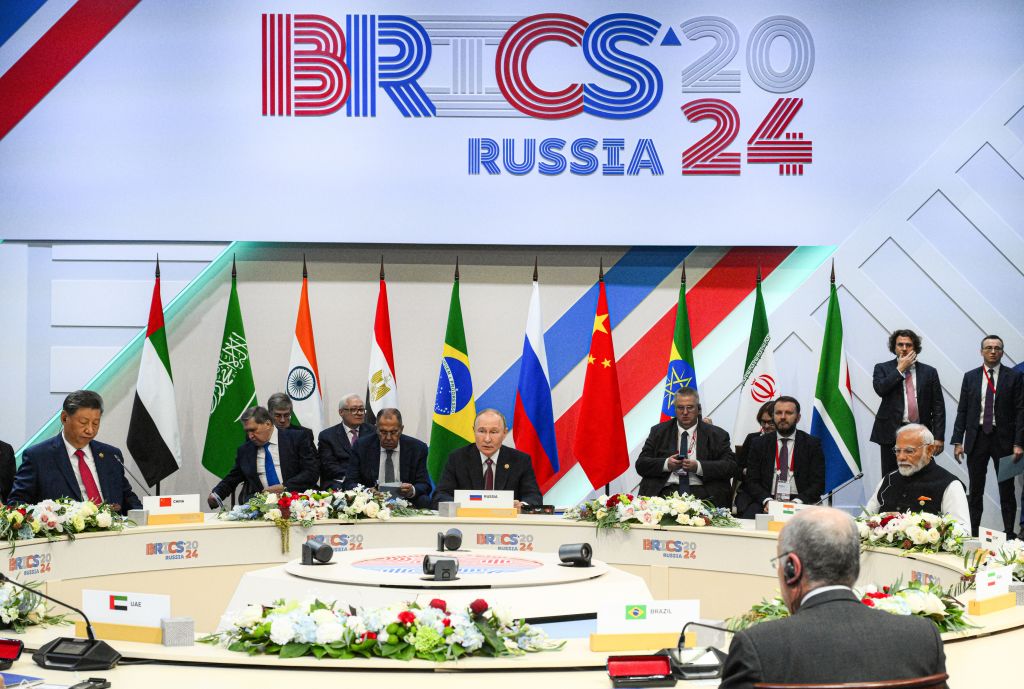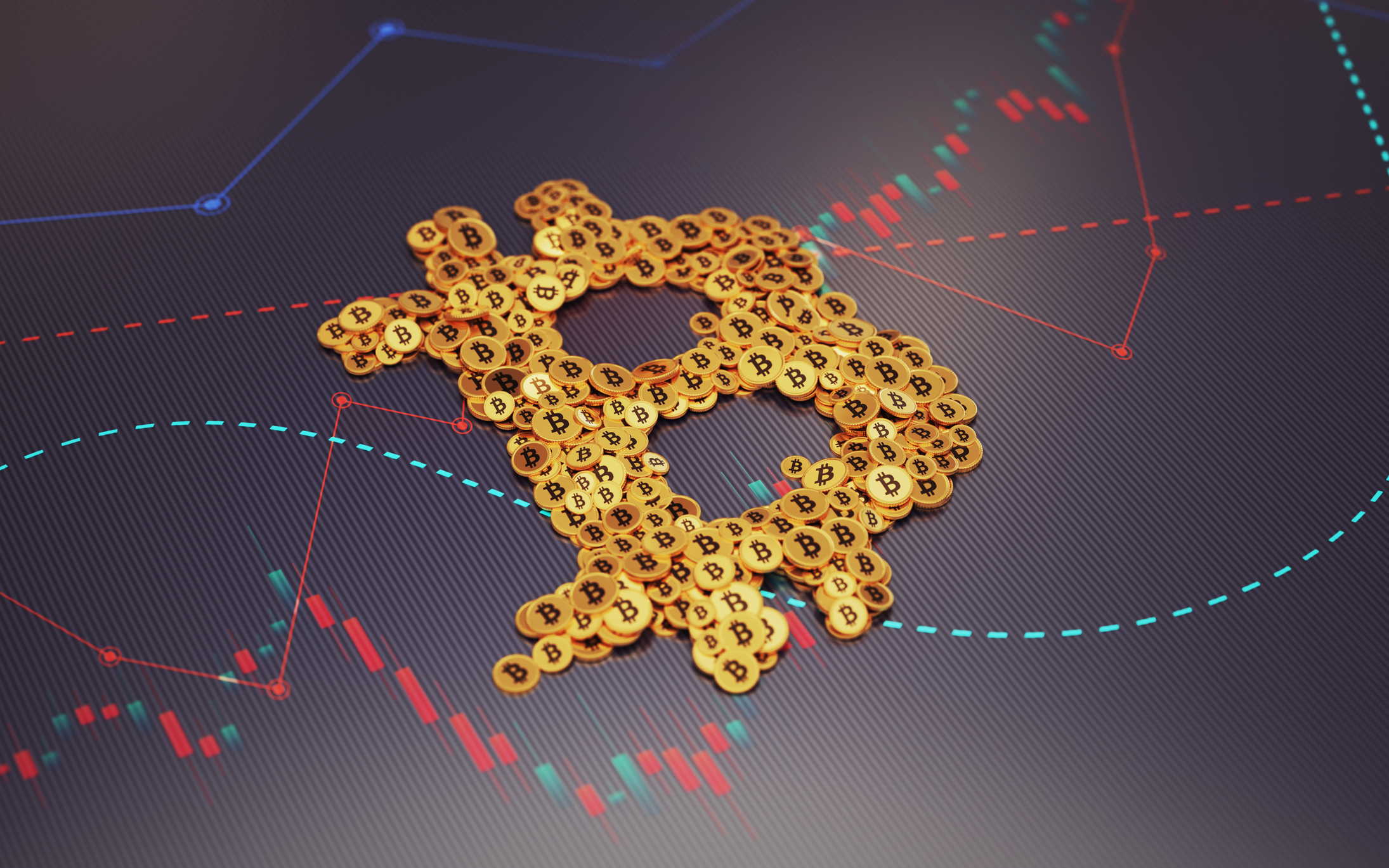The end of currency a tailwind for UK investors
A weak pound and strong dollar are unlikely to keep bolstering returns for British investors over the next decade.


Currency effects have done a great deal to improve returns for British investors over the last few years. The gross total return on the MSCI World index in US dollars has averaged slightly under 6% per year over the last five years. The return in sterling terms has been slightly over 11% per year. You didn’t even have to invest in markets that have done well in both currency and stockmarket terms – such as the US, which is more than 50% of the MSCI World index – for this to work in your favour. The MSCI Emerging Markets has returned less than 1% per year over the same time in US dollar terms, but more than 5.5% per year in pounds.
The less-happy implication is that if sterling were to recover over the next five years, it would become a drag on international returns. And the pound now looks cheap by historic standards. The Bank for International Settlements calculates real effective exchange rates (see below) back to 1964 for a basket of 27 countries: this shows sterling near historic lows ever since the Brexit referendum in 2016. The only time it was lower was in 2009, during the global financial crisis.
Cheap currencies tend to rise eventually
Forecasting currency movements is an awkward business – there isn’t much evidence that any method works consistently and broadly. That said, some research* suggests that real exchange rates may be a useful predictor of medium-term changes in exchange rates under certain circumstances. They are only helpful when looking at countries that have floating exchange rates (that includes most developed economies, but excludes a lot of emerging markets, which intervene to manage the value of their currencies) and follow an inflation-targeting policy (central banks adjust interest rates to target a set level of inflation, which is what most major economies now do).
MoneyWeek
Subscribe to MoneyWeek today and get your first six magazine issues absolutely FREE

Sign up to Money Morning
Don't miss the latest investment and personal finances news, market analysis, plus money-saving tips with our free twice-daily newsletter
Don't miss the latest investment and personal finances news, market analysis, plus money-saving tips with our free twice-daily newsletter
This suggests that sterling is likely to strengthen in the years ahead. That said, there are some caveats. First, sterling’s weakness partly reflects the extreme uncertainty around Brexit, which is not over. Second, it’s not clear that inflation-targeting will remain the dominant approach in the post-Covid-19 era – there might be more focus on stoking growth – and so real exchange rates might adjust through higher inflation instead. Still, given that sterling – and many other currencies – look cheap against the US dollar, there is a decent chance that the dollar will weaken (see below). Hence high US exposure seems unlikely to provide the long-term currency tailwind that it has done for more than a decade.
*Martin Eichenbaum, Benjamin Johannsen and Sergio Rebelo, Monetary policy and the predictability of nominal exchange rates, 2019
Guru watch: Stephen Roach, senior fellow, Yale University
“Scorn has long been heaped on those daring to question the supremacy of the US dollar as the world’s dominant reserve currency,” says Stephen Roach, the former chief economist at Morgan Stanley. But the time is coming when America can no longer count on this “exorbitant privilege”. The result is likely to be a 35% decline in the real effective exchange rate for the greenback.
The seeds of this shift were sown by a persistent shortfall in US domestic savings: in the first quarter of 2020, net national saving was just 1.4% of GDP. This forces the US to draw heavily on surplus savings from abroad to invest and grow – which in turn means it has run a current-account deficit every year since 1982. The Covid-19 crisis will stretch this to breaking point due to “exploding government budget deficits”, forecast to be almost 18% of GDP this year and nearly 10% in 2021. With domestic saving unable to fill the funding gap, the current-account deficit will widen well beyond its record of -6.3% in 2005.
“Reserve currency or not, the dollar will not be spared under these circumstances,” especially as the “painfully visible manifestations of America’s sharply diminished global leadership” are now too bad to ignore. Sceptics will say that “there is no alternative” to the dollar, but they should note that the currency’s share of official foreign-exchange reserves has dropped by more than ten percentage points since 2000. “America’s saving and current-account problems are about to come into play with a vengeance.”
I wish I knew what a real exchange rate was, but I’m too embarrassed to ask
The currency exchange rates that we see and use every day are nominal exchange rates. They tell us what we get if we swap a unit of one currency for another – for example, a pound-dollar exchange rate of $1.25 means that we get 1.25 dollars for every pound. This is all that matters if we are buying something from abroad or sending money internationally. But it doesn’t tells us everything we want to know about the value of different currencies.
For more insight into this, we can use the real exchange rate (RER), which combines the nominal exchange rate with the ratio of the price of goods or services in the two countries. Say that a burger costs $5 in the US, but £3 in the UK. Then the real pound-dollar exchange rate based on burger prices is 1.25×(3÷5)=0.75. This is lower than one, which says the pound is undervalued (the RER will be one if the burger costs the same in both countries once both exchange rates and local prices are taken into account).
In practice, a real exchange rate is calculated by using the price of a basket of goods and services (eg, a consumer price index) not one item. And we consider the trend in the RER index over the long term, rather than at a single point in time. Due to frictions such as trade barriers, transport costs or local taxes and their effect on price, the RER between two countries might persistently be higher (or lower) than one and what really matters is whether it is much higher or lower than usual.
We are often interested in how cheap or expensive a currency is on a global basis. For this, we can consider its effective exchange rate (EER), which is an index that measures the nominal value of a currency against a basket of other currencies (eg, a country’s major trading partners). The real effective exchange rate (REER) is an index calculated in the same way using RERs and provides a measure of a country’s competitiveness. A low REER means its exports should be more competitive on price.
Get the latest financial news, insights and expert analysis from our award-winning MoneyWeek team, to help you understand what really matters when it comes to your finances.
Cris Sholto Heaton is an investment analyst and writer who has been contributing to MoneyWeek since 2006 and was managing editor of the magazine between 2016 and 2018. He is especially interested in international investing, believing many investors still focus too much on their home markets and that it pays to take advantage of all the opportunities the world offers. He often writes about Asian equities, international income and global asset allocation.
Cris began his career in financial services consultancy at PwC and Lane Clark & Peacock, before an abrupt change of direction into oil, gas and energy at Petroleum Economist and Platts and subsequently into investment research and writing. In addition to his articles for MoneyWeek, he also works with a number of asset managers, consultancies and financial information providers.
He holds the Chartered Financial Analyst designation and the Investment Management Certificate, as well as degrees in finance and mathematics. He has also studied acting, film-making and photography, and strongly suspects that an awareness of what makes a compelling story is just as important for understanding markets as any amount of qualifications.
-
 The most influential people of 2025
The most influential people of 2025Here are the most influential people of 2025, from New York's mayor-elect Zohran Mamdani to Japan’s Iron Lady Sanae Takaichi
-
 Millions of parents are missing out on up to £720 a year in extra pension cash – are you affected?
Millions of parents are missing out on up to £720 a year in extra pension cash – are you affected?A mum who narrowly missed out on the pension boost said she “never knew the government rule existed” and wants other parents to use it
-
 Coreweave is on borrowed time
Coreweave is on borrowed timeAI infrastructure firm Coreweave is heading for trouble and is absurdly pricey, says Matthew Partridge
-
 Circle sets a new gold standard for cryptocurrencies
Circle sets a new gold standard for cryptocurrenciesCryptocurrencies have existed in a kind of financial Wild West. No longer – they are entering the mainstream, and US-listed Circle is ideally placed to benefit
-
 Profit from other investors’ trades with CME Group
Profit from other investors’ trades with CME GroupCME Group is one of the world’s largest exchanges, which gives it a significant competitive advantage
-
 Investors need to get ready for an age of uncertainty and upheaval
Investors need to get ready for an age of uncertainty and upheavalTectonic geopolitical and economic shifts are underway. Investors need to consider a range of tools when positioning portfolios to accommodate these changes
-
 How much gold does China have – and how to cash in
How much gold does China have – and how to cash inChina's gold reserves are vastly understated, says Dominic Frisby. So hold gold, overbought or not
-
 Debasing Wall Street's new debasement trade idea
Debasing Wall Street's new debasement trade ideaThe debasement trade is a catchy and plausible idea, but there’s no sign that markets are alarmed, says Cris Sholto Heaton
-
 Who is Rob Granieri, the mysterious billionaire leader of Jane Street?
Who is Rob Granieri, the mysterious billionaire leader of Jane Street?Profits at Jane Street have exploded, throwing billionaire Rob Granieri into the limelight. But it’s not just the firm’s success that is prompting scrutiny
-
 Beware the bubble in bitcoin treasury companies
Beware the bubble in bitcoin treasury companiesBitcoin treasury companies are no longer coining it. Short this one, says Matthew Partridge
